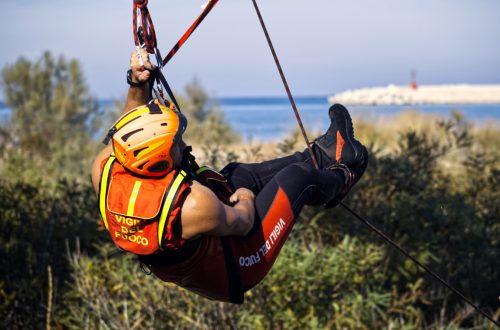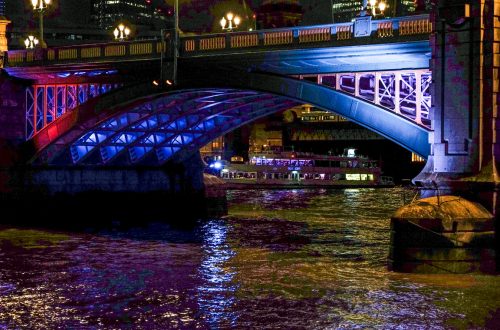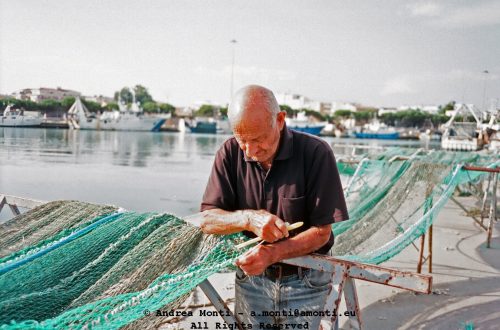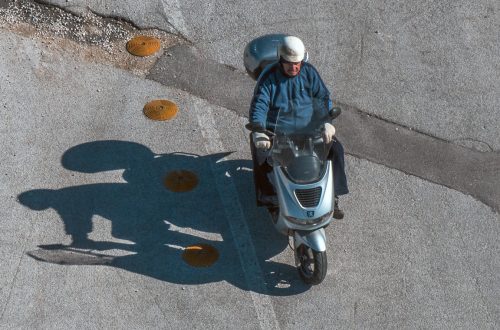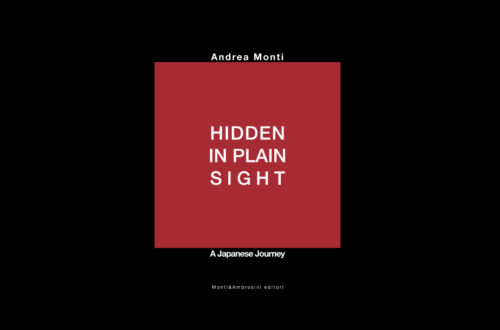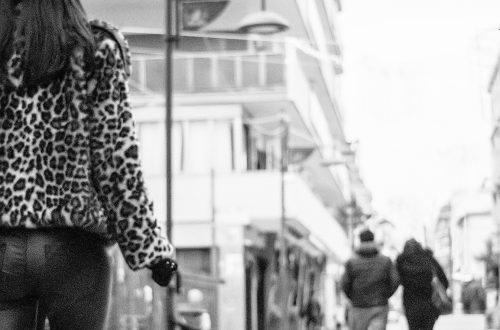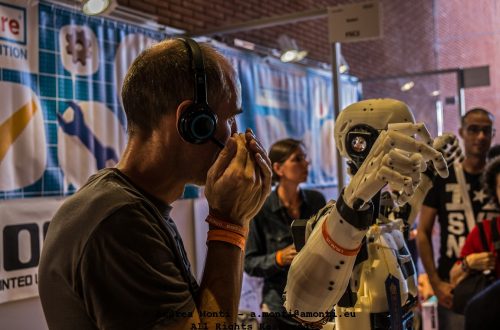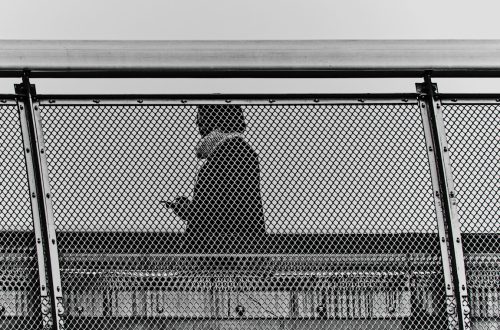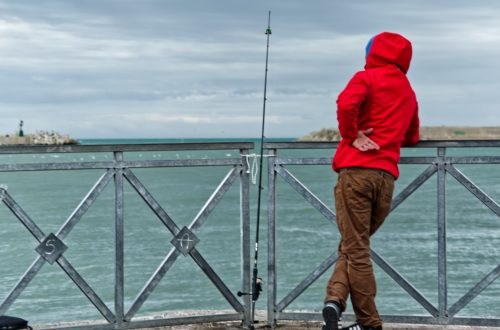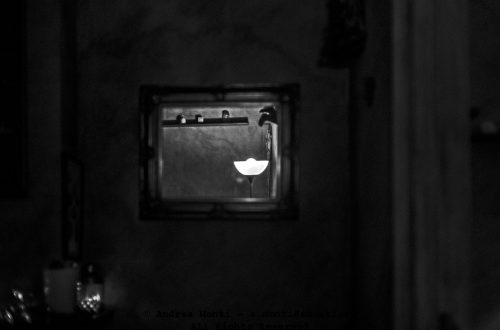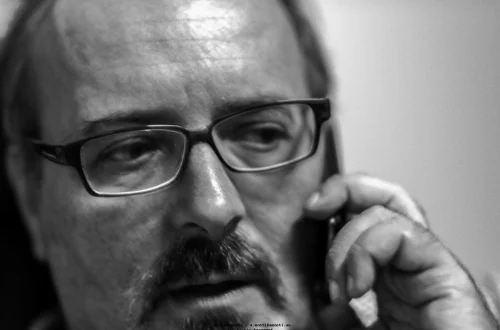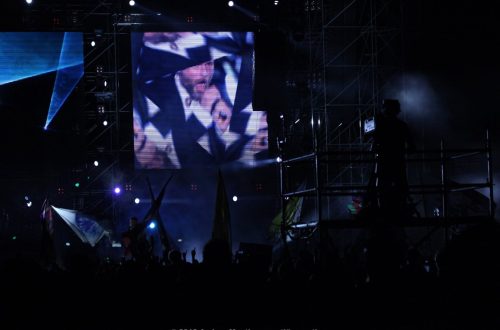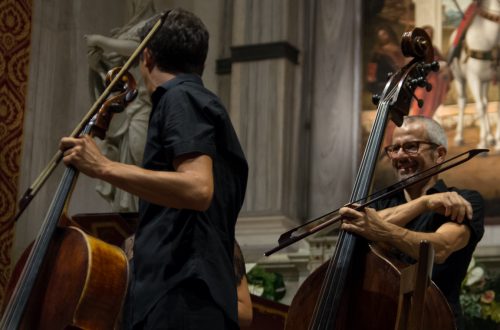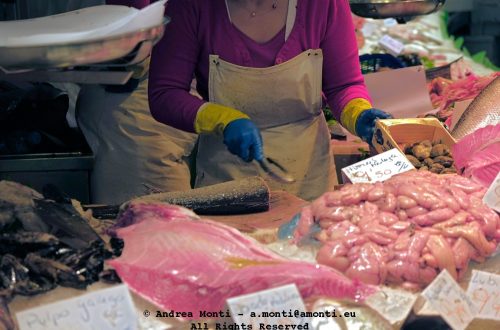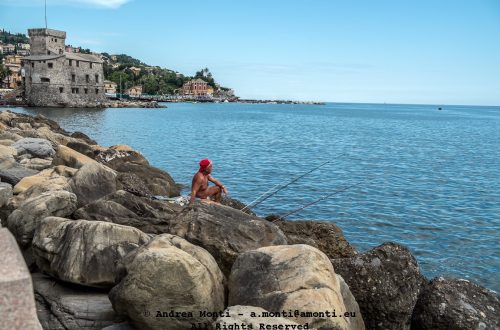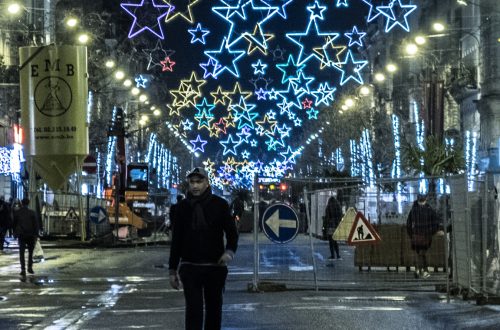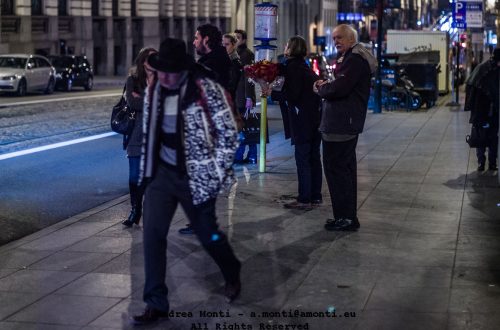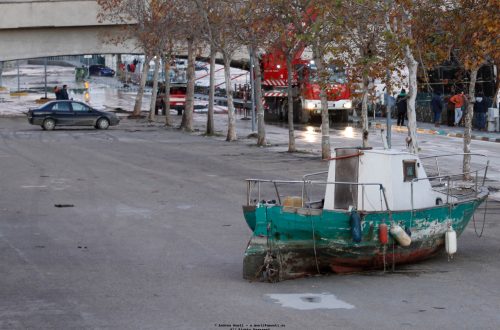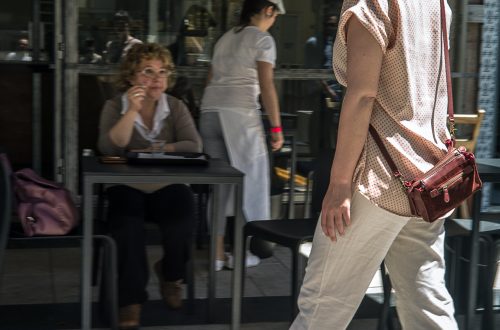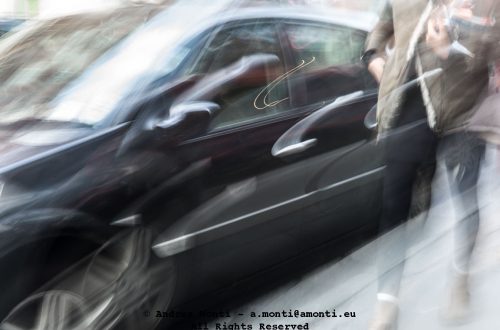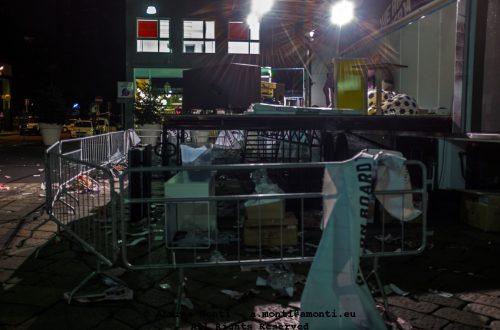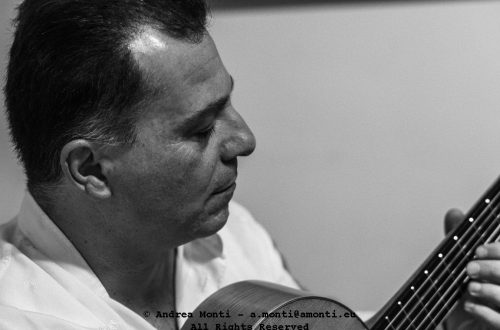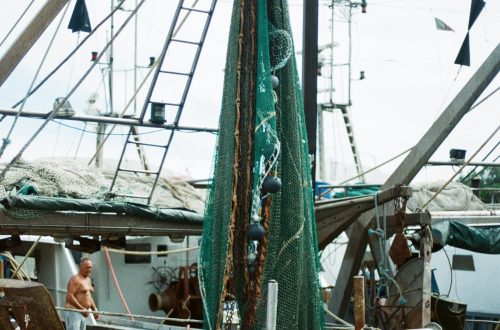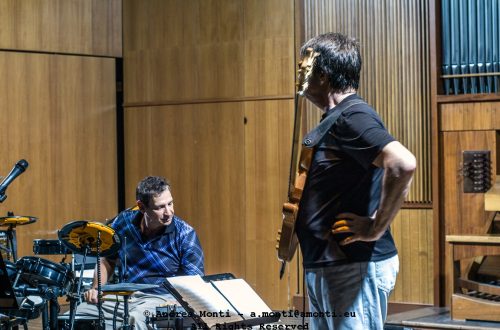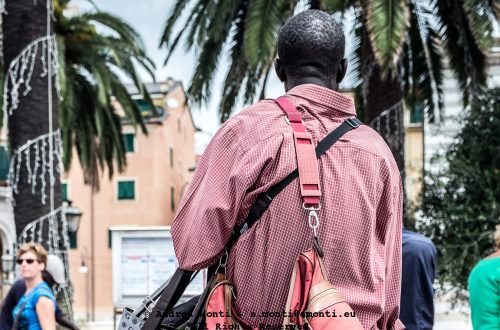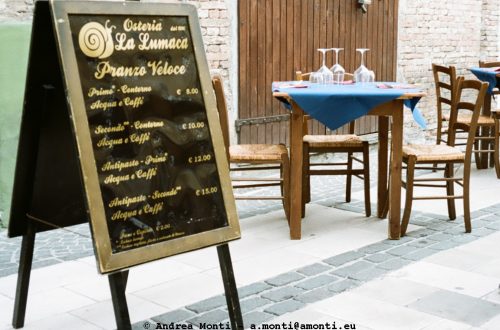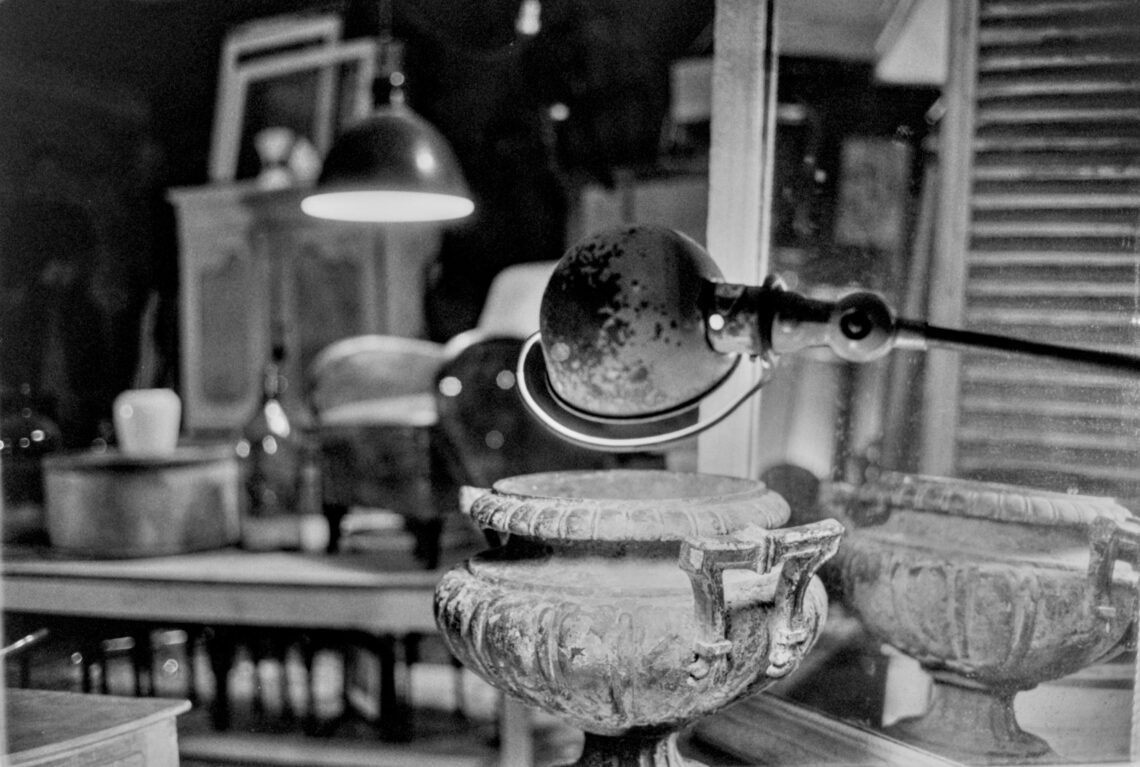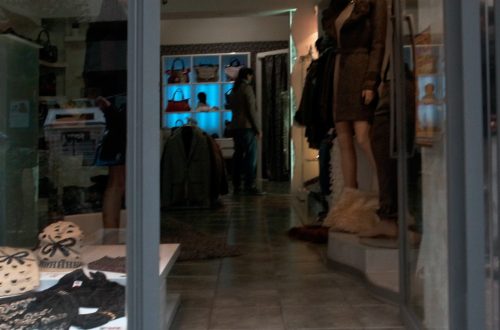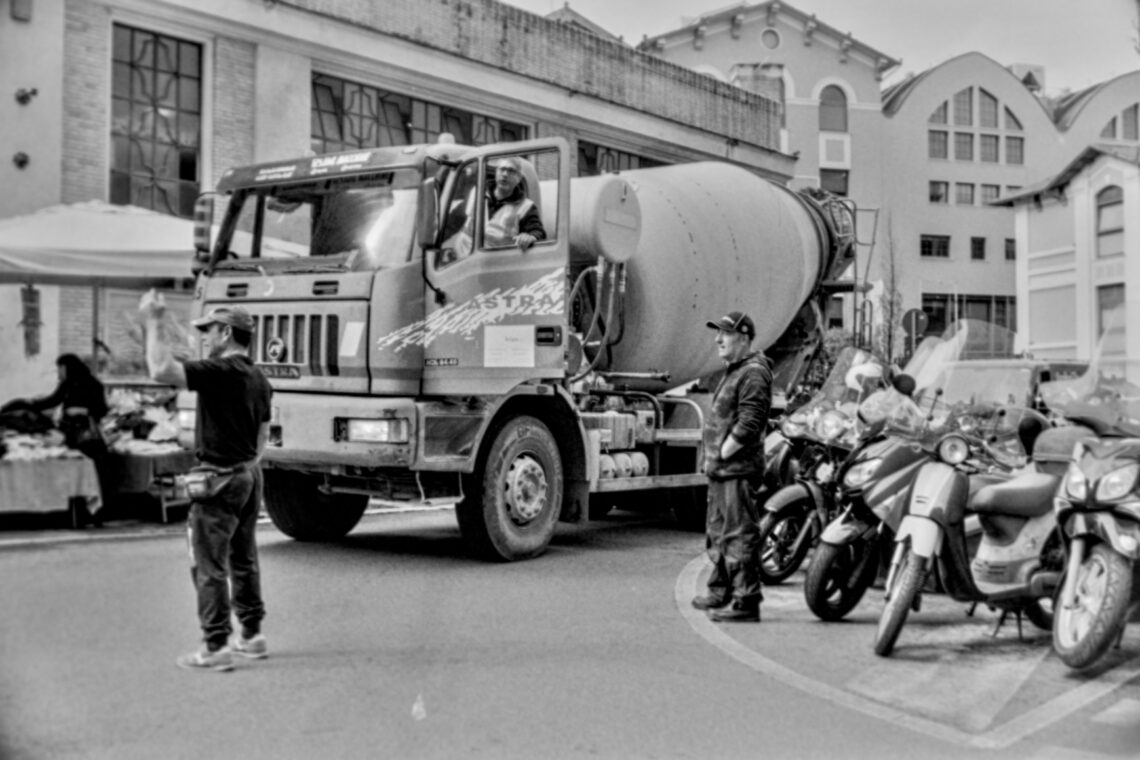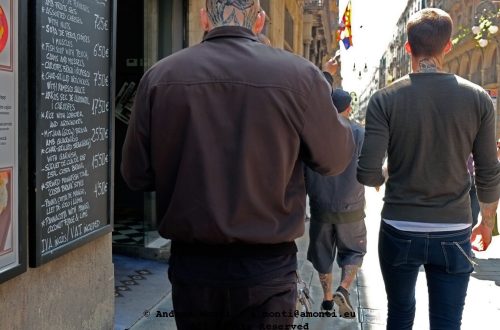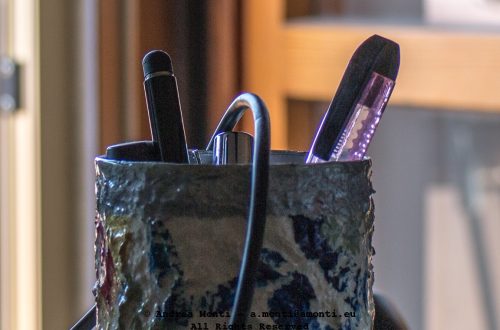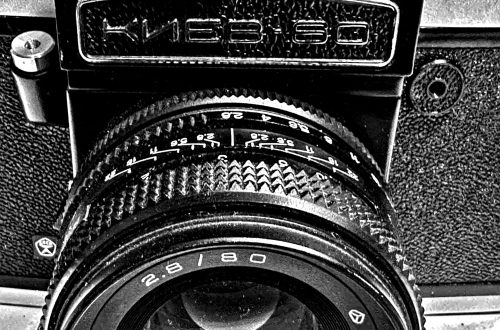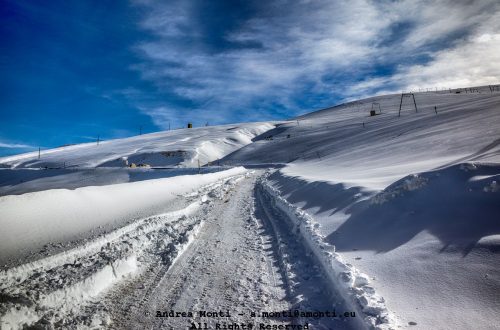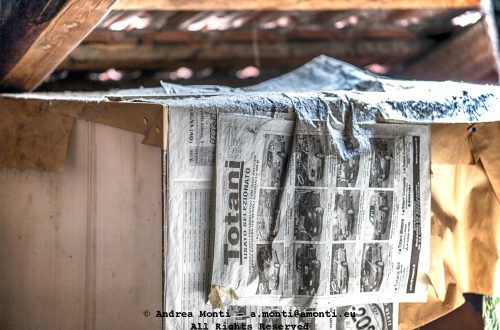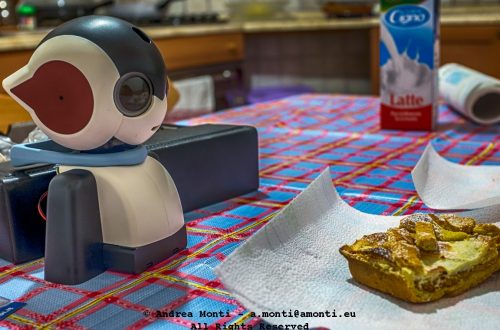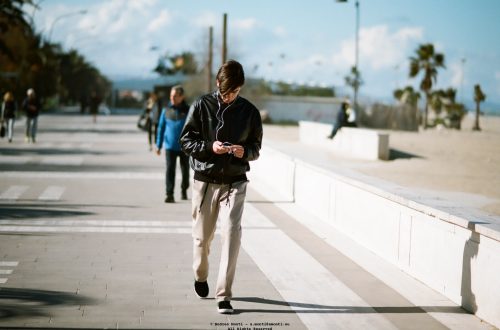-
How to Shoot an Handball Match with a Film Camera
Shooting an handball match between Italy and France, unfortunately with an unhappy ending for my Country, was an opportunity to bring back to life the rugged Canon Eos 1V, the mighty fifty and a roll of a (unexpired) Kodak Tri-X 400. When I shoot sports and, in general, events where shutter noise is not an issue, I made a point, indeed, to always carry a film camera, so this time it was Canon’s turn. Shooting handball matches is quite challenging for a number of reasons. The first thing to stick in mind is that the ball is everything: if you miss it, the shot is more often than not a…
-
The Expired Film Series – Episode 5 – Kodak Tri X 400 – September 2015 shot in Sept. 2023
This is the fifth episode in a series documenting the use of expired film in various contexts. Episode 5 features a Kodak Tri-x 400 shot with a Yashica Zoomate 105 at the Marina di Pescara. The film was not overexposed, was processed with Darktable’s Negadoctor module and finalised with Pixelmator Pro. The results are not, by far, definitive.
-
Yet Another WDISF Post
Yes, this is another ‘why do I shoot film’ post, and no, the answers are not ‘because it slows me down’, ‘because it connects me to the act of taking pictures’, ‘because I love the unique feeling of analogue images’, ‘because the inherent limitations of a film camera inspire creativity’, ‘why not?’ or any of the other common (and perfectly legitimate) reasons usually associated with the question. In addition, the wide range of post-processing options available to make a digital image look like an analogue one, even in terms of film emulsion, satisfies the need to produce an image with the ‘personality’ of a specific film. So, even the idea…
-
5 frames with the (much awaited) Ferrania P33, a Nikon F3 and a Nikkor 50 F2
I managed to grab a few rolls of the very first batch of Ferrania’s brand new P33 film, so I wasted no time in putting it to work with a Nikon F3 and the glorious Nikkor 50 f2. I won’t go into the technical details of this film, firstly because I can’t claim to be an authority on the subject, and secondly because Ferrania’s website has plenty of information. There is only one thing to know: the canister is not DX-coded, so shooting is only possible in full manual mode. This may change in the future, but for now this is the state of the art. Finally, a transparency note:…
-
How to Shoot Stand-up Paddle Competitions
Shooting Stand-Up paddle is complicated because, like in motor sports, things go on largely even until, all of a sudden action erupts. In other words, boredom is the first and foremost enemy of the photographer: it shuts down concentration because it is not possible to keep the focus (pun unintended) for too long. It may worth shooting a single athlete, for instance capturing an intense moment or a fall. However the final result will become more interesting if there is something (or somebody) else in the composition. The first key moment in an SUP challegne is the start. Once the signal is given, the athletes start running a few steps…
-
Photography and the Importance of a Proper Training
In photography, among the various activities falling under the ‘preparation’ label, training is oftend underevaluated. Just as many newcomers to the world of guns think that buying expensive equipment will make them better shooters, many photographers think that mastering a bunch of exoteric camera settings will be enough to get decent pictures. This is summed up in a common piece of advice to novice shooters (of both guns and cameras): get out there and shoot. Results will just happen. I have nothing against a ‘Zen’ approach to things, based on instinct and intuition, but my Western, Benthamite mind does not allow me to forget that preparation is necessary to achieve…
-
How to Shoot Handball Matches
Photographing handball matches presents an array of challenges, requiring a high level of expertise, quick reflexes and a deep understanding of the sport’s dynamics. Central to the art of capturing these fast-paced events is the fundamental principle that the ball is the focal point of every shot. Failing to capture the ball likely produces a picture lacking relevance and impact. The presence of the ball not only indicates the focal point of the action, but also gives the image a sense of purpose and narrative coherence. Handball’s court is a hive of activity where players are constantly jostling for position, trying to break through defensive barriers or thwart an advancing…
-
A Hellish Look
It is quite common these days to see images of various kinds using the facade of a building as a screen. In the case of government or state buildings, a flag appears out of nowhere after dusk.The overall effect is quite spectacular, especially in Italy where the palaces of power are beautiful works of art. However, when photographed with a narrow field of view, the result can be disturbing, as in this case, where the building looks more like some sort of hell embassy.It wouldn’t be strange, though: doesn’t the Pope live on the other side of the Tevere River?
-
Actors, Autumn, B&W, Bruxelles, Colour, Daily photo, Fighters, Fighting Disciplines, Photography, Spring, Summer, Winter
What Does ‘Professional’ Mean in Photography?
Pro’ is the photographer’s blessing and curse. It is the status we all – well, many of us – aspire to. It is the marketing gimmick created by the exploiters of the Gear Acquisition Syndrome to make people believe that tools make the craftsman. ‘Amateur’, on the other hand, is a word associated with casual photographers, ‘wannabe’ artists, and people who want to make you believe that tools make the craftsman. I have always been unconvinced that such a difference exists, at least in the general meaning associated with the words ‘pro’ and ‘amateur’, and in relation to the idea that the equipment used or the quality of the shots…
-
Creativity vs Originality
Is the photo above creative? Is it original? Well… yes and no. It is certainly original because I ‘in person’ took it, and it is creative because – regardless of the aesthetic result – I took the time to arrange all the elements (composition, light, etc.) in a coherent moment —and I have the film negative to prove it. On the other hand, it is neither original —as in ‘unique’— nor creative because the same photo can be found here and maybe elsewhere on the Internet. Obviously, the linked photo it is not ‘the’ same as mine, because it is clear that they were taken at different times and places (mine was…
-
Pentax – In Praise of Usability of Cameras and Lenses
The Internet is full of columns and videos about why ‘I left brand X for brand Y’, magnifiying this or that ‘new feature’ that forced a photographer to ditch his previous setup in favour of a brand new one. Sometimes there is a genuine motivation behind such a choice, sometimes – often – it is just a clickbait set up by the need (or hope) to monetise a piece of content published on a social network. This long introduction violates the golden rule of journalistic writing – tell the reader what’s the matter in the first paragraph or so – but it was necessary because this article is exactly that:…
-
5 (improbable) Frames with a roll of Ferrania Orto and a Nikon 35TI
The photographer is a peculiar type of social being, characterised by a ‘rules are meant to be broken’ attitude in the search for the perfect exposure. So, sooner or later, all the dogmas about composition, hyperfocal, zone system, rule of thirds, etc. will be put aside to try something ‘different’. This is what happened with these five images, taken at night in Piazza Venezia and Via Salaria in Rome with a Ferrania Orto on a Nikon 35TI; a rather strange choice given the inherent limitations of an orthocromatic film and a 2,8 35mm lens of a compact camera in this scenario. Against all odds the 35TI performed well (especially in…
-
A Stop in Reggio Emilia
I was on the Freccia Rossa, heading north, not looking to make a photograph — but then the train slowed. It always does here. Reggio Emilia AV, Calatrava’s cathedral of transit. Seen from inside a carriage, the station transforms into a cinematic abstraction: rhythm, shadow, tension. You’re not meant to get this view. You can’t stand still inside it, only pass through. This frame came with no time to compose. I raised the camera, guessed exposure, shot through a tinted window, and trusted instinct. The image that resulted is harsh, grainy, flawed — and I kept it that way. A perfect rendition would have dulled it. What mattered was the…
-
An Exercise in Composition (was: Rowing Boats)
Initially, I took this photo to document the poor state of a rowing teams’ dock. The idea was to praise the passion of this small group, who in the indifference of the general public, keep this discipline alive in a town, where soccer reigns supreme. However, when I saw the photo, it was the composition that attracted my attention: a classic example of the use of converging lines to drive the eye of the viewer. My only regret is that I failed to frame the small boat on the right, missing its bow. Had I been shooting digitally, I would have checked the result and retake the photo. Film, by…
-
Iphone 15 Billboard in Via XX Settembre
This is an attempt to exploit the limitations of an orthocromatic film. Shadows and highlights were deliberately pushed, as was the contrast. This isn’t about the billboard. Not really. Yes, there’s a giant child smiling over Rome, her face stretched across several metres of vinyl, captured “with an iPhone 15,” if we’re to believe the tagline. She’s luminous, playful, part of a campaign you’ve probably already seen before you’ve even looked at it. But the photograph is something else. This was shot on orthocromatic film—intentionally. Shadows are carved in deeper than they should be. Highlights flare and collapse detail. The tonal scale isn’t flattering, and it isn’t faithful. It’s limited.…
-
Nagasaki Biker
Sometimes carrying a camera with a slow autofocus, slow shutter and low ISO can be a hindrance. Had I had a better camera and a faster film, this photo would have been much better.However, it is the eye that is to blame, not the old Nikon 35TI. I realised too late that what I was looking at could have been an image and had to react within a few seconds. In those conditions, the camera did what it could, but if I had been aware of my surroundings, I would have been ready at the right moment. So I paid the price for my bad habit of relying on gear…
-
A few test shots with an MC Cosinon T200/4
This lens has several shortcomings. It has a pronounced coma and the focus barrel requires a considerable amount of turning to get it right, thus making it challenging to fast focus when you need to. Camera sensor clearly influences colours’ rendition. Despite the ‘personality’ of this lens, the overall picture’s feel is clearly (to me, at least) that of the classic ‘cold’, slightly bluish Pentax (or, should I say, Sony) sensor. At f4 (all the images published here were taken at this aperture), the bokeh is pleasant. Nothing exceptional, but for a lens that sells for around 15 euros, the results are good enough. That said, a core question, asked…
-
The Expired Film Series – Episode 7 – Kodak Portra 160 – June 2015 shot in Oct. 2023
This is the seventh episode in a series documenting the use of expired film in various contexts. Episode 6 features a Kodak Portra 160 shot with a Canon Eos 1V and a Canon EF 50 1,8 at the Trofeo Judo Italia. The film was not overexposed, and processed with Affinity Photo 2 .
-
Different Stories
Taking ‘static’ pictures, such as those of buildings and other architectural structures, can be quite challenging, as it is easy to fall into obvious, already seen compositions that rob the shot of any individuality.One of the things that can make an otherwise dull image more interesting is the presence of some kind of action that blends in with the stillness of the environment.In this case, the woman on the phone is in exactly the same position as the model on the billboard. Only they are telling two different stories.
-
二千円
The 2,000 yen note is something of a rarity even for the Japanese. As Japan is mainly a cash-based society (at least for everyday life), I made sure to carry enough money on my recent trip to the Kyushu region.The bank gave me a wad of brand new ¥2,000 notes, which were so unusual that they attracted the attention of many people I exchanged them with. The photo was taken with a КИЕВ 60 TTL and a волна 80/2.8, the film was a Ferrania P30.
-
An Antique Shop in via Cadorna
I made this frame with a Bessa R2 paired to a Nokton Classic 35mm f/1.4, loaded with Kodak Tri-X 400. That combination has a way of imposing its character on an image, and here it played straight into the atmosphere of the scene. The urn in the foreground caught my attention first, its surface worn and flaking, the sort of texture that Tri-X renders with a quiet authority. Its reflection in the shop window doubled the presence without turning the composition into a perfect mirror—imperfections in the glass kept it alive. The rust-speckled lamp leans towards it, both physically and compositionally, as though curious about the object’s past. I exposed…
-
A jam in via Alessandria
Taking pictures with a fully manual camera is a way to keep practising the basics. Honestly, I would not use a film camera for a professional assignment —at least, not as the main one— but it’s worth doing it in a less challenging condition.As per the technicalities, waiting for the next batch of Ferrania Orto to arrive, I resorted to a Kodak Tri-X 400 roll, which is my favourite film at these ISOs.
-
As Seen on Ferrania Film’ Stories section…
A selection of the pictures I took this year in Boston and Tokyo has been published on the official Film Ferrania website, in the ‘Stories’ section.
-
Frank Gambale All Stars – Live@Teatro Marrucino
Rockol has just published a gallery with some of the photos I took at the Frank Gambale All Stars concert last 20 November.I’ve been a fan of Gambale’s for a long time and meeting him was a very nice experience: friend, easygoing, positive attitude despite the stress of the Italian tour: a great human being (and I can’t say the same about many of the ‘artists’ I’ve met in my career as a photographer and interpreter). On the technical side, the X-T4 and the lenses (Fujinon XF150-600 and an XF18-120) worked well. At ISO3200, the images have more than acceptable noise, which becomes almost invisible when the shadows are pushed.…






